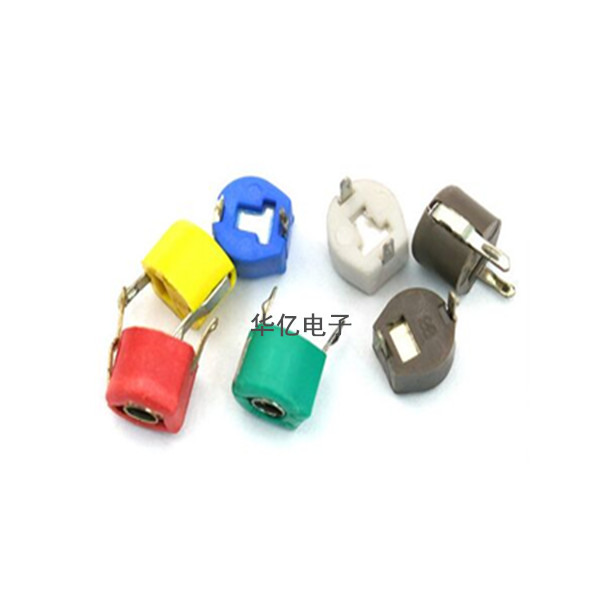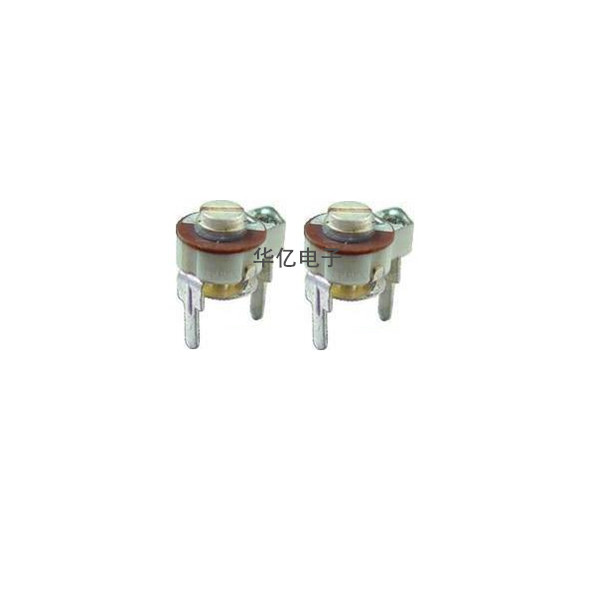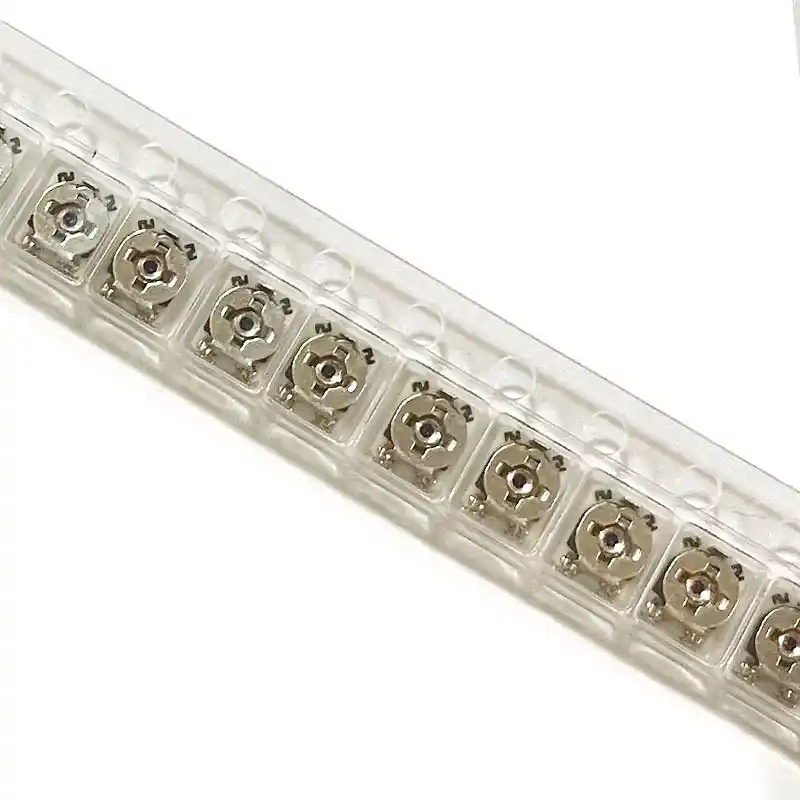The principle of adjustable potentiometer
Product News and Common Problems
View:859
Update:2025/1/21 10:38:19
To understand the principle of an adjustable potentiometer, one should first know what an adjustable potentiometer is.
Adjustable potentiometer is an adjustable electronic component consisting of a body and a rotating or sliding system.
Principle:
Potentiometer is a variable resistor used for voltage division. Press one to two movable metal contacts tightly onto the exposed resistor. The contact position determines the resistance value between either end of the resistor and the contact. According to the relationship between the output to input voltage ratio and the rotation angle, it can be divided into linear potentiometers and function potentiometers. When a voltage is applied between two fixed contacts of a resistor, the position of the contact on the resistor can be changed by rotating or sliding the system, and a voltage that is related to the position of the moving contact can be obtained between the moving contact and the fixed contact. It is mostly used as a voltage divider, which is a four terminal component of a potentiometer. Potentiometers are basically sliding resistors, with several styles, generally used for adjusting the volume switch of speakers and the power of laser heads. A potentiometer is an adjustable electronic component. It is composed of a resistor and a rotating or sliding system. When a voltage is applied between two fixed contacts of a resistor, the position of the contact on the resistor can be changed by rotating or sliding the system, and a voltage that is related to the position of the moving contact can be obtained between the moving contact and the fixed contact.
Function: Adjust the magnitude of voltage (including DC voltage and signal voltage) and current.
Structure: The resistance body of a potentiometer has two fixed ends. By manually adjusting the shaft or sliding handle, the position of the moving contact on the resistance body is changed, which changes the resistance value between the moving contact and either fixed end, thereby changing the magnitude of voltage and current.
Usage: This circuit has a positive and negative symmetrical power supply. For example, when the center contact C of the potentiometer slides to the A end of the potentiometer, the OUT output to ground voltage is+12V. When the center contact C of the potentiometer slides to the B end of the potentiometer, the OUT output to ground voltage is -12V.
The single power supply controls the potential, and the output terminal C has a regulation range of 0- ∞ V.
This is an audio amplifier used for volume control. When the center contact C of the potentiometer slides to potentiometer A, the volume is at its maximum. When the center contact C of the potentiometer slides to potentiometer B, the volume is at its minimum. If there is poor contact between point C and potentiometer B, the volume cannot be turned off.
Parameters:
1. Nominal resistance: 100-1M
2. Rated power: 0.5 (W)
3. Allowable deviation: ± 10 (%)
4. Zero position resistance: 0 (Ω)
5. Contact resistance: 1 (Ω)
6. Insulation resistance: 1 (M Ω)







